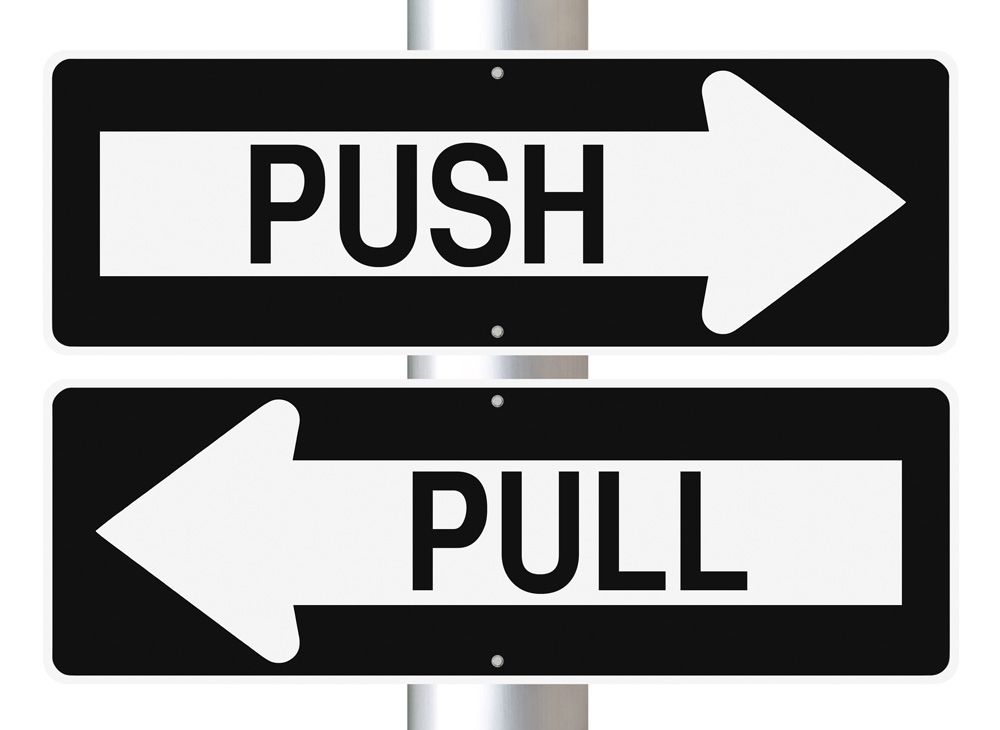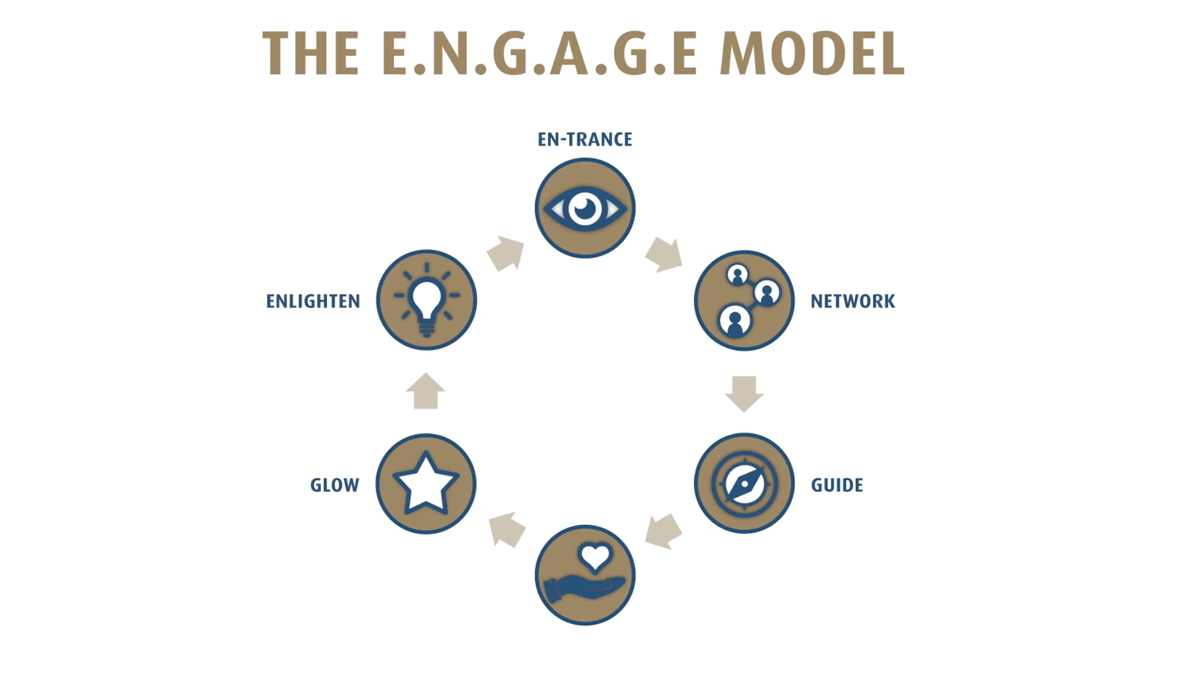The Two Ways You Can Learn to Influence Others
Posted By Duncan Fish on October 9, 2017

If you want to become a good leader in your workplace, you’ll need the skill of influence on your side. After all, a good leader is never a dictator; instead, good leaders inspire those under their leadership to follow them to the ends of the earth, all of their own free will
Becoming a person of influence beyond technical knowledge sounds a little difficult, sure, particularly for people who are of a more technical skill set, and who may be more introverted and less forceful. You may think you’ve only ever been able to influence around your specialist expertise?
Thankfully, it’s not nearly as hard as it sounds, and you can break down all effective forms of influence into two groups — Push and Pull. These two styles of influence are both incredibly powerful, and can be used to get things done effectively and easily, all under your leadership. But what are they, exactly?
Think of them almost as complete opposites — the Yin and Yang of influence, if you will. The Push Style, is focused largely on achieving your own agenda and nothing else. It’s used when you need to get your colleagues on board with your approach, and fast. You’re pushing them in the direction you want them to go, and you’re being assertive about it. That said, don’t think of this assertion as aggressive in any way. Instead, think of it as an assertive, dispassionate, cool, calm and collected demeanor. The people for whom the push method comes easy are often those who already have big, authoritative, attention-commanding presences, whether they physically command a room, or just demand to be heard through their word choice and tone.
The Pull Style is completely different. Instead of pushing people to exactly where you want them to be by using your own desires, motivations and reasoning, you’re pulling people into the right direction by using what is important to them. The Pulling Style of influence is a lot subtler and a lot gentler, and is good for situations where speed is not of the essence. However, the Pull Style can also be much more effective for the long term, as it helps you to not only get what you happen to need at the moment, but also to build a relationship and gain loyalty from the colleague in question for the long haul.
Of course, both are useful for any good leader, as they can work differently in different situations, read here. Both the Push and Pull skill sets are hardly traits you’re born with, and can be learned, just like any technical skill, if you break both styles down into a series of actions, and then practice your influence until it becomes second nature to you. Soon, you’ll be influencing others without even realising it!
So, how do you think you measure up on the Push and Pull styles in your day-to-day interactions at work? Take the FREE ENGAGE Questionnaire and get a summary report against the entire ENGAGE model or which Push and Pull are a part.



